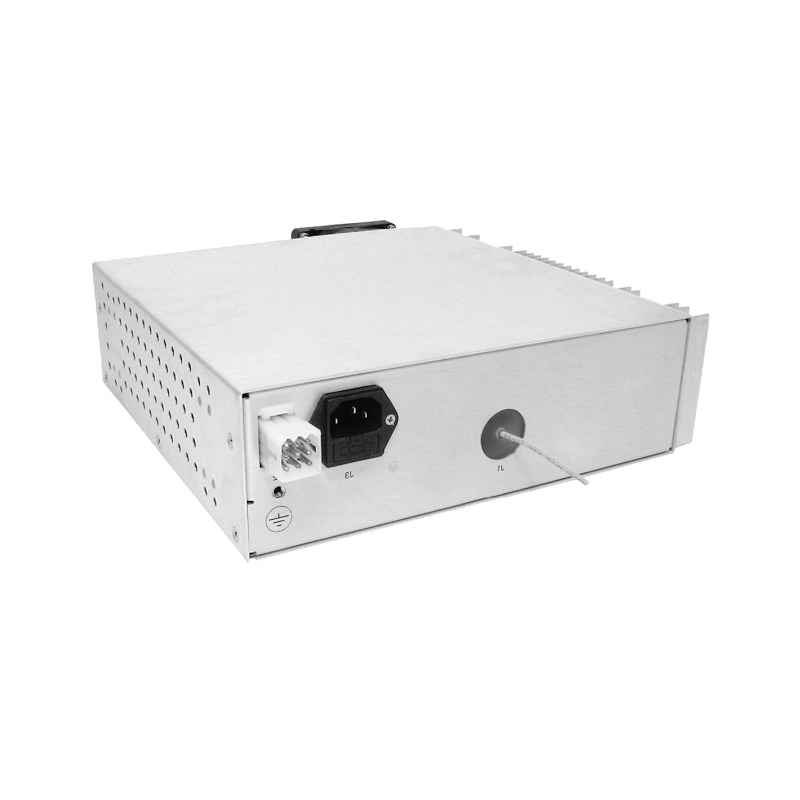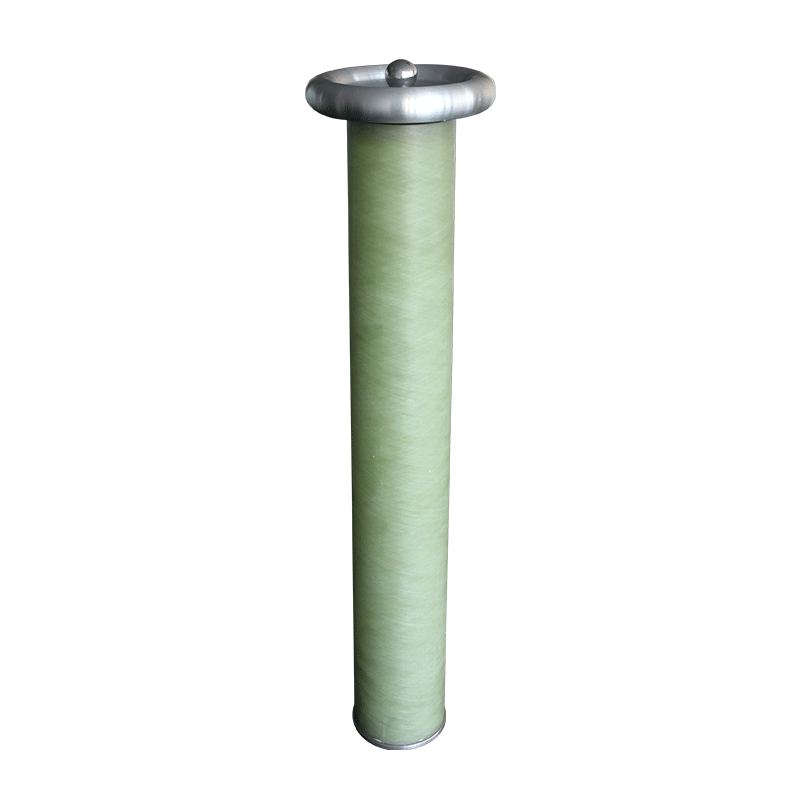Energy Deposition of Coating Pulsed High Voltage Power Supplies
In the field of material surface treatment, coating technology is widely used to improve the performance of materials, such as wear resistance, corrosion resistance, and optical properties. The coating pulsed high voltage power supply, as a key device in the coating process, its energy deposition characteristics play a decisive role in the coating quality.
The coating pulsed high voltage power supply ionizes the gas to form a plasma by applying high voltage pulses to the coating system. During this process, the electrical energy output by the power supply is rapidly injected into the plasma, thereby achieving the deposition of energy onto the coating material. The energy deposition process is not simply an energy transfer but involves a series of complex physical phenomena. When a high voltage pulse acts, the electric field accelerates electrons, and the electrons collide with gas molecules, causing gas ionization and excitation to generate a plasma. The ions and active particles in the plasma are accelerated by the electric field to strike the surface of the substrate material, transferring energy to the substrate and the film atoms being deposited, promoting atomic migration, diffusion, and chemical reactions, thus affecting the growth and structure of the film.
Precise control of energy deposition is crucial for coating quality. If the energy deposition is too low, the particles in the plasma do not have enough energy to effectively activate chemical reactions, which may result in poor film adhesion and low density, failing to achieve the desired performance improvement. Conversely, excessive energy deposition may cause the film atoms to obtain too much energy, leading to too fast film growth, excessive defects, and even possible damage to the substrate material. For example, in optical coatings, non uniform energy deposition can lead to inconsistent film thickness, affecting the optical properties such as transmittance and reflectance of optical components.
To optimize the energy deposition of coating pulsed high voltage power supplies, engineers have adopted a variety of methods. On the one hand, by optimizing the pulse waveform and parameters of the power supply, such as pulse width, frequency, and peak voltage, the energy injected into the plasma can be precisely regulated. An appropriate pulse width can ensure sufficient energy is provided within a certain time while avoiding excessive energy injection caused by too long pulses. Adjusting the pulse frequency can control the number of energy deposition times per unit time, better adapting to the needs of different coating materials and processes. On the other hand, improving the structure of the coating equipment and the gas environment can also have a positive impact on energy deposition. Reasonably designing the electrode shape and position and optimizing the gas flow rate and composition help improve the uniformity and stability of the plasma, thus achieving more uniform and effective energy deposition.
In practical applications, different coating processes, such as physical vapor deposition (PVD) and chemical vapor deposition (CVD), have different requirements for energy deposition. In the PVD process, atoms are mainly deposited on the substrate through physical sputtering or evaporation, and the energy needs to be precisely controlled to ensure atomic migration and bonding. In contrast, CVD relies on chemical reactions, and the energy deposition needs to meet the activation energy requirements of chemical reactions. Therefore, selecting an appropriate energy deposition strategy for different processes is the key to achieving high quality coatings.
The energy deposition of coating pulsed high voltage power supplies is a complex and crucial process that profoundly affects the quality and performance of coatings. Through precise control and optimization of energy deposition, the needs of different coating processes can be met, promoting the application and development of coating technology in more fields.




















